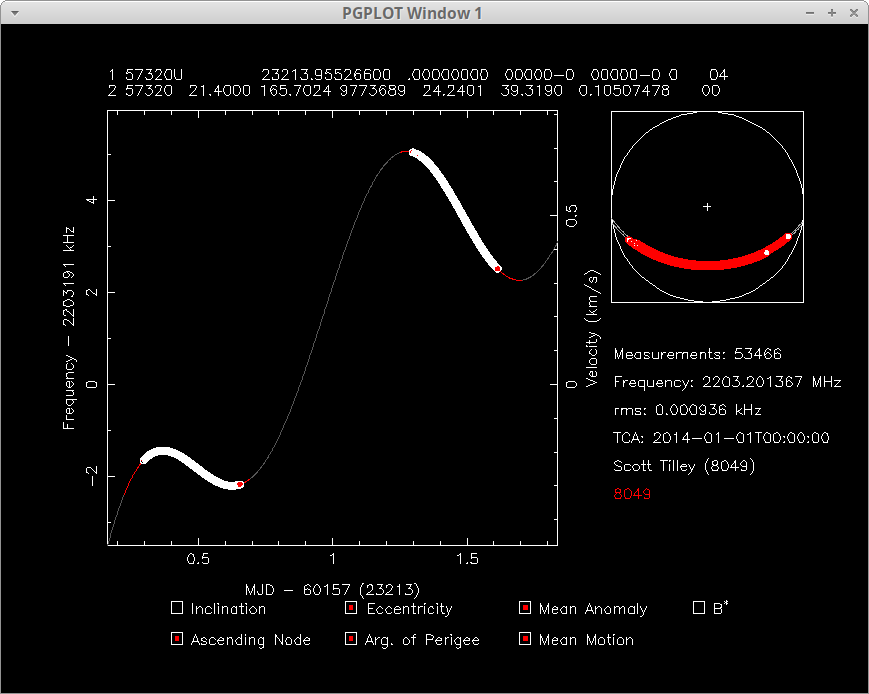#Meridian 9 Launched less than 24 hours ago is active high over Siberia on what I believe is the constellation TT&C frequency 3408MHz. This is the sound of a baby Meridian! 25dB SNR even through thick trees so its loud!
The next few weeks will be really educational about the operational characteristics of the Russian Meridian system. Usually new satellites exercise a range of their characteristics before they settle into routine behaviour.
Further we will hopefully get some sort of resolution to the mystery of Meridian 8
• • •
Missing some Tweet in this thread? You can try to
force a refresh
















